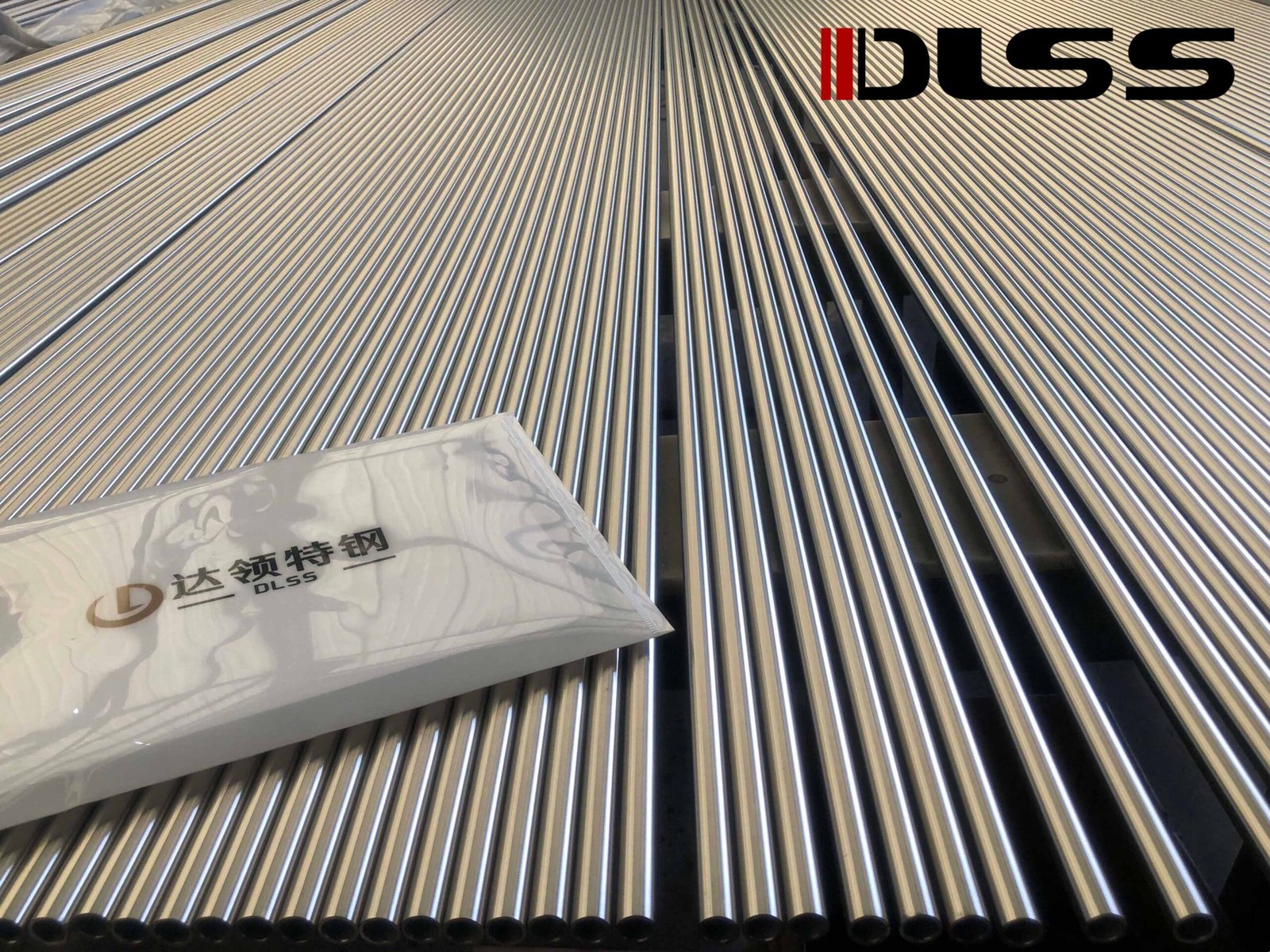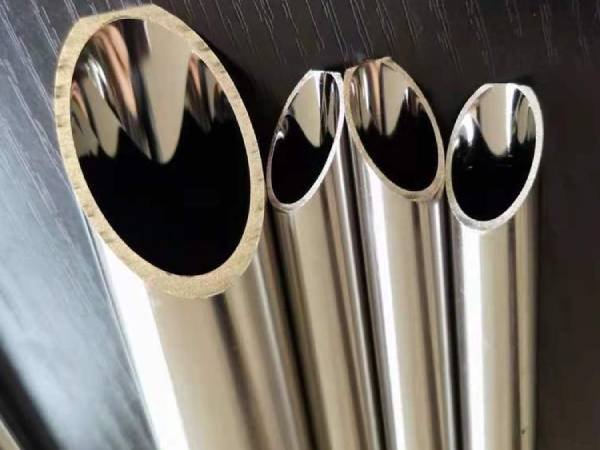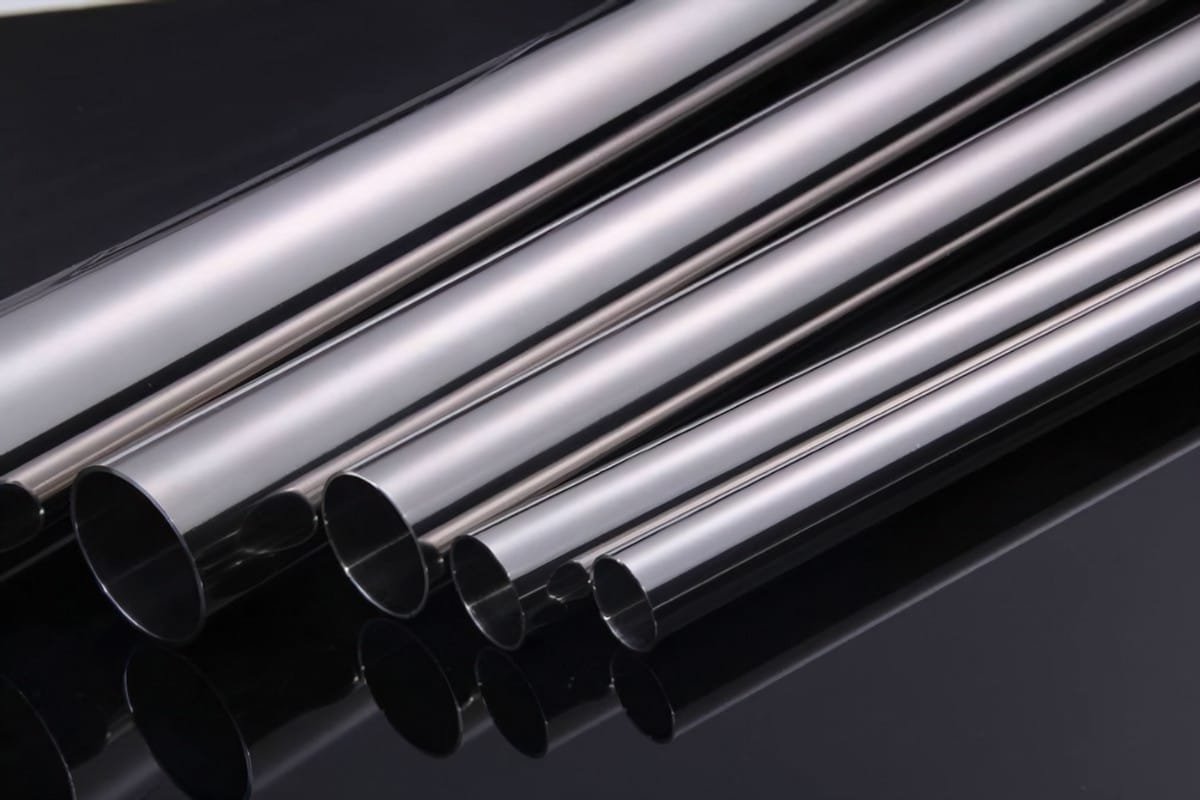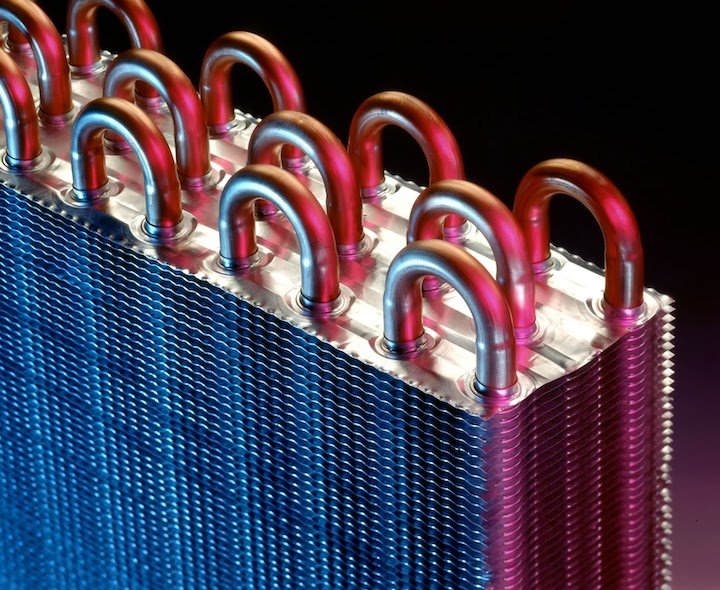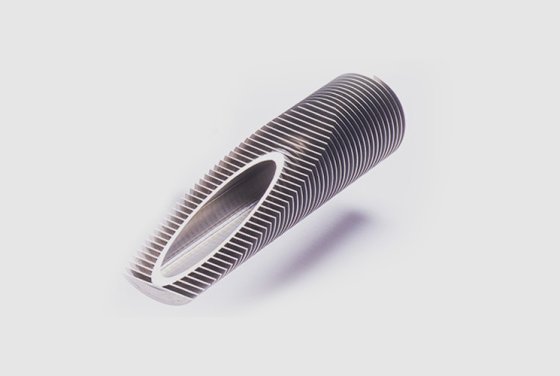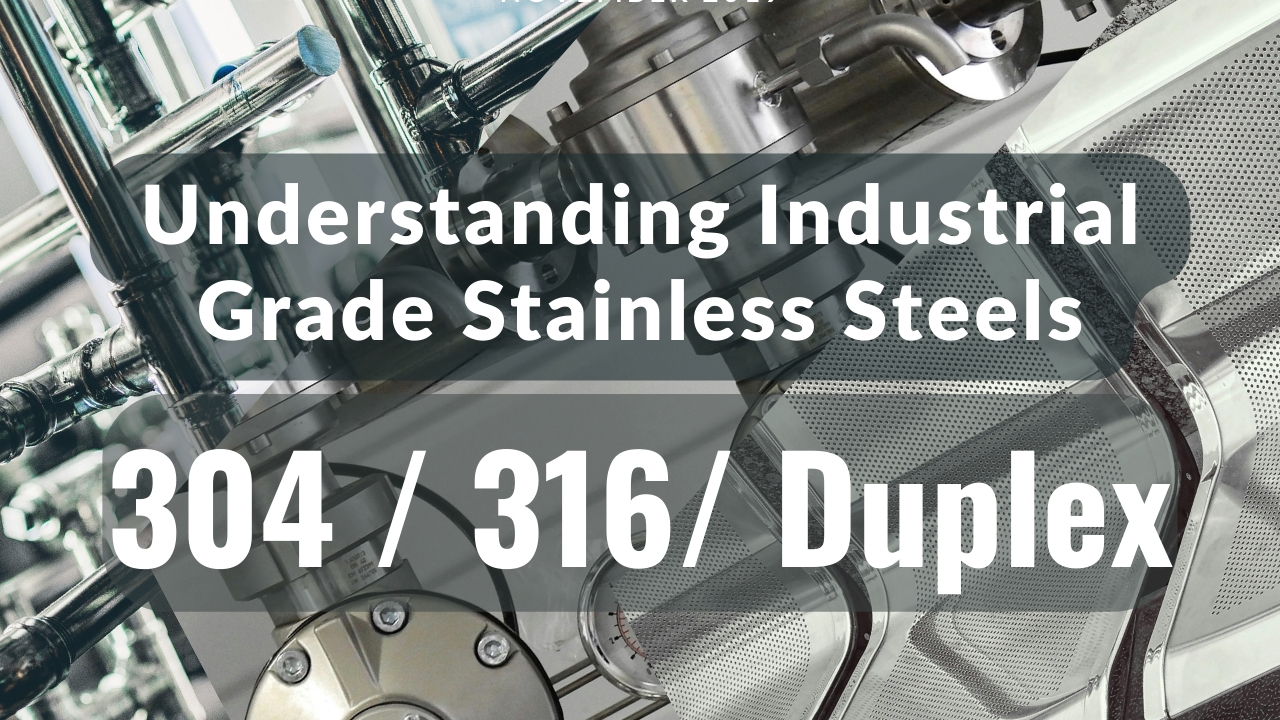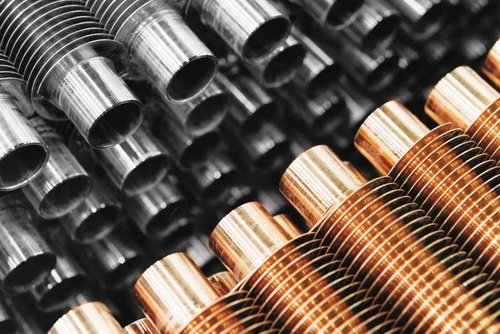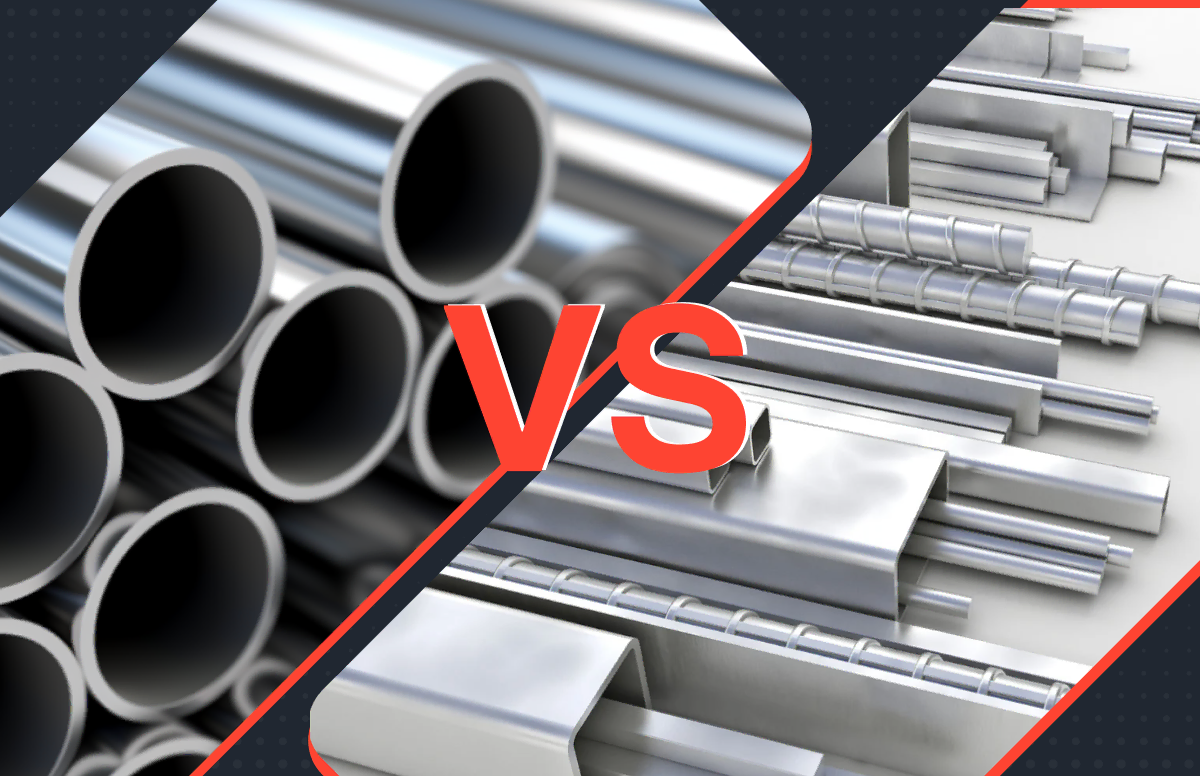Meta description:
EN 10204 material certificates are essential for traceability and compliance. Learn the difference between 3.1 and 3.2 certificates, what they contain, and how to verify them during technical audits.
Introduction
In large-scale industrial projects—refineries, power plants, LNG terminals, or chemical facilities—material traceability is non-negotiable.
Clients, third-party inspectors, and auditors often require EN 10204-compliant inspection certificates for stainless steel pipes, fittings, flanges, or pressure parts. But what do terms like 3.1 or 3.2 certificate actually mean?
This article breaks down the types of EN 10204 certificates and offers practical tips on how to read and verify them.
What Is EN 10204?
EN 10204 is a European standard that defines the types of inspection documents issued for metallic products such as:
- Seamless stainless steel tubes
- Forged flanges and elbows
- Bar stock and machined components
Types of Inspection Certificates under EN 10204
| Certificate Type | Issued by | Third-Party Involvement | Use Case Summary |
|---|---|---|---|
| 2.1 | Manufacturer | No | Basic declaration of compliance |
| 2.2 | Manufacturer | No | Includes typical test results |
| 3.1 | Manufacturer’s QC | No | Lot-specific test results |
| 3.2 | Manufacturer + Inspector | Yes (TÜV, SGS, BV, etc.) | End-user or independent validation |
What Information Should a 3.1 / 3.2 Certificate Contain?
- Manufacturer and address
- Purchase order and heat/batch number
- Applicable standards (e.g., ASTM A312, A213, B111)
- Chemical composition and mechanical test results
- Test methods and compliance norms
- Signature of QC engineer (and 3rd-party inspector, for 3.2)
- Logo or stamp of notified body (for 3.2)
When Is a 3.2 Certificate Required?
A 3.2 certificate is usually requested when:
- The project is governed by ASME, PED, or NORSOK
- The client is a high-profile operator (e.g., YPF, Petrobras, Shell)
- Traceability and independent validation are mandatory
- The part is critical for pressure or structural integrity
Real Case: Colombia LNG Project
For a heat exchanger project in Cartagena, Colombia, the EPC required:
- Tubes in TP316L / ASTM A312
- Full 3.2 certification with Bureau Veritas Colombia
- UT, PMI, EC test reports and cleaning procedures
Result: The material passed customs inspection without issue and was accepted immediately on-site by the EU client.
How to Verify Certificate Authenticity
- Check for authentic stamps/logos of SGS, TÜV, DNV, BV
- Confirm contact details of the signatory engineer
- Compare reported values to the relevant ASTM/EN specs
- Request an English or Spanish official version
At DLSS, all certificates are pre-scanned for review and originals are shipped along with the goods.
Conclusion
A material certificate isn’t just a formality—it’s your technical passport.
Accurate documentation prevents delays, reduces audit risks, and builds trust with clients.
DLSS delivers fully traceable stainless steel tubes, flanges, and fittings with EN 10204 3.1 or 3.2 certificates, third-party inspected upon request.
Contact Us
Email: info@dlsspipe.com
Website: www.dlsspipeline.com


